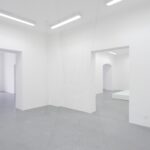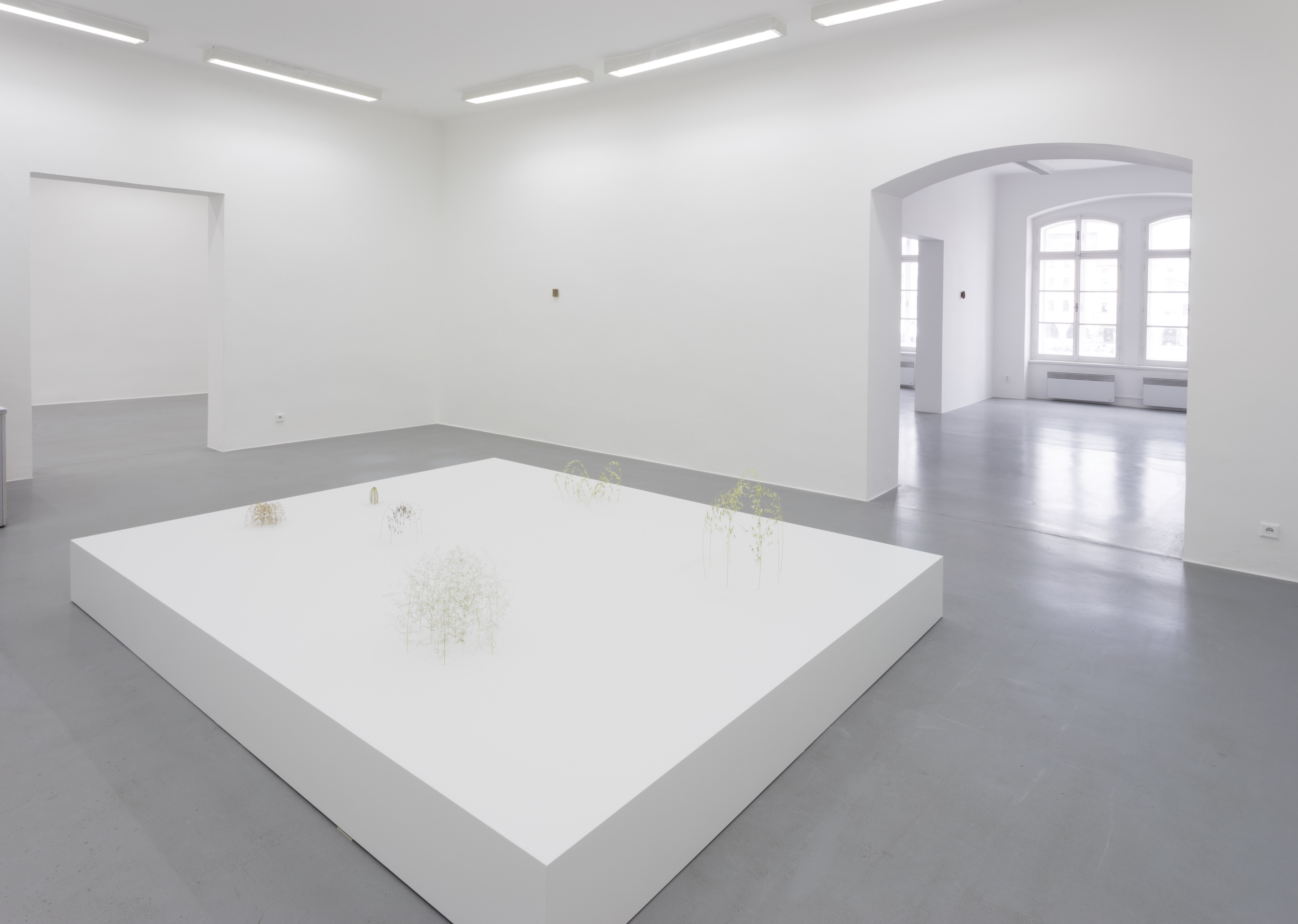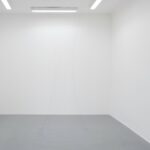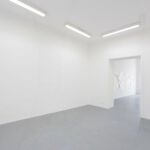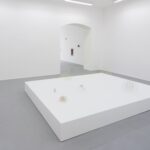Christiane Löhr
| Date | – |
|---|---|
| Vernissage | 15.06.2022 18:00 |
| Curator | Michal Škoda |
This summer, the Gallery of Contemporary Art and Architecture will show the work of German artist Christiane Löhr.
A typical feature of Löhr’s art is the transformation of naturally fragile and sensitive organic materials into sophisticated structures that become the basis for new forms through which she then creates a dialogue between nature and civilization. At the center of Löhr’s interest is an exploration of space and forms through unusual sculptural materials.
The nature of the materials that Christiane Löhr uses may give the impression that she is interested solely in plants and animals. The main reason for this choice must be sought in her childhood, which has influenced her relationship to and familiarity with these materials. Another important factor is the experience she gathered while studying with Jannis Kounellis, a leading representative of the Italian “Arte Povera” movement, for which the use of familiar everyday objects as sculptural material was a typical characteristic.
Christiane Löhr was born in the German town of Wiesbaden in 1965. She currently lives in Cologne and near Prato, Italy. After studying Egyptology, archeology, and history at Friedrich Wilhelm University in Bonn and art education and German at Johannes Gutenberg University in Mainz, in 1996 she began her post-graduate studies under the aforementioned Kounellis at the Düsseldorf Art Academy. Of the many solo and group exhibitions that she has held around the world, a sampling from the past five years includes: 2015 – Jason McCoy Gallery, New York; Taguchi Fine Art, Tokyo; Vangi Sculpture Garden Museum, Shizuoka; 2016 – Fondazione Museo Pino Pascali, Polignano; Kunsthaus Baselland, Basel / Muttenz; 2017 – Taguchi Fine Art, Tokyo; Wooson Gallery, Daego, South Korea; 2018 – Skulpturenpark Waldfrieden / Antony Cragg Foundation, Wuppertal; 2019 – Galerie Werner Klein, Cologne; Galerie Torre Pellice / Turin Bernier / Eliades, Athens; and 2020 – Museo Capodimonte, Naples; Studio Trisorio, Naples. Her works can be found in many museums and world-class private collections. In 2016, she was awarded the Pino Pascali Award, and in 2018 she received a grant award from the Shifting Foundation in California.
Löhr’s sculptures made of natural materials (seeds, flowers, plants, grasses, fruits, etc.…) recall everyday objects or works of architecture. Examples include a temple created by layering ivy seeds, domes made of blades of grass, and pillows made of dandelion fluff. Upon closer inspection, her small and delicate works – one is almost tempted to describe them as inconspicuous – reveal a robust construction that dominates the surrounding space. One of Löhr’s favorite materials is horsehair, which she was inspired to use by her own horse as she noticed its animal qualities and the environment in which it lives. Sometimes, she also creates sculptures from man-made objects such as hair nets or needles. Here, too, she accentuates their basic form and structure, working with them as sensitively as she does with natural materials.
Löhr’s approach to sculpture reveals a certain affinity to the work of artists of the past and their clear emphasis on paying careful attention to detail. According to a description of her exhibition at Tokyo’s Taguchi Fine Art gallery, “through the conversation with the material and its surrounding space, she explores the mathematical law, the power, the order, the structure behind this visible world that establish nature and organic matters, trying to seek what gives the unity to this world, makes this world together.”
Another important area of Löhr’s work is drawing. Her oil pastel or graphite pencil drawings, though characterized by organic forms, are never direct reproductions of their subject, but are abstract, black mental shapes or lines that divide the two-dimensional white space to create a new order and a delineation with a strong inner tension.
The exhibition at the House of Art is the first chance for Czech audiences to encounter the work of this remarkable artist whose oeuvre has developed in direct contact with nature. Thanks to the simplicity of her chosen materials, she pulls us into a sensitive and poetic world of imaginary architecture – an architecture that, although light and delicate, is also powerful and stable.

